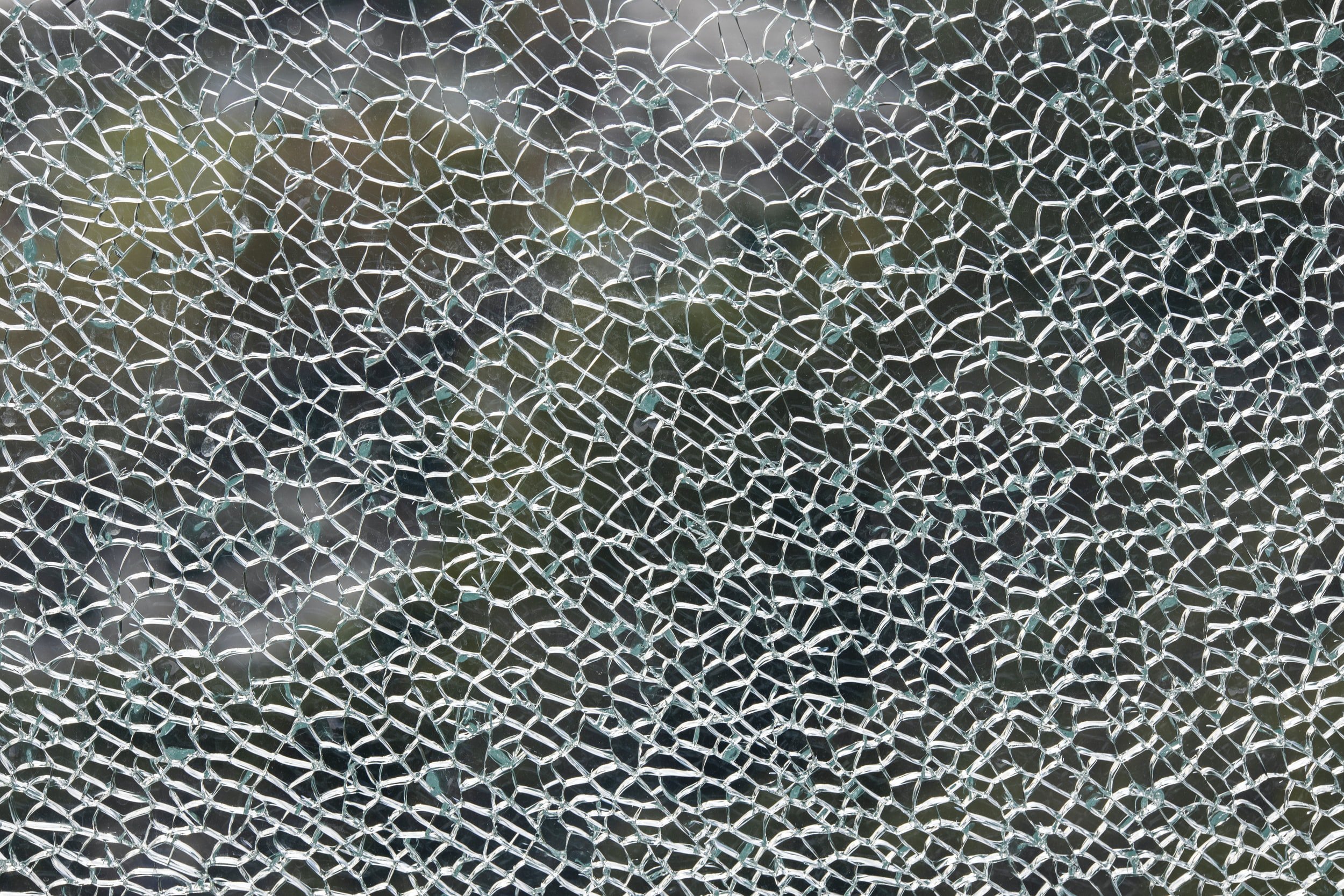
Damage Prevention Program Training
Duration: 1 Day
Our Training provides guidance on the processes and procedures that should be applied as part of an Onshore Pipeline Damage Prevention Program.
Our Damage Prevention Program Training shall provide guidance on the processes and procedures that should be applied as part of an Onshore Pipeline Damage Prevention Program.
Third Party Damage remains a leading cause of incidents affecting onshore pipelines. This is highlighted in industry statistical data by both EGIG (The European Gas Incident Data Group) and UKOPA (United Kingdom Onshore Pipeline Operators Association).

The key purpose of the damage prevention program is to:
Ensure that third-parties are alerted as to the presence of the pipeline prior to commencing any works activities
Limit the risk of any damage to the pipeline through suitable inspection, monitoring and control of any works being undertaken within the proximity of the pipeline (Zone A, Zone B and Consultation Zones).
Ensure that the right of way remains clear and unobstructed (prevention works and reducing infringements), and that the public is informed of requirements.
Limit the risk of any damage through the effective sharing of information to third parties to enable safe planning and control of work within the proximity of the pipeline
Raise awareness with Stakeholders
What We’ll Cover
Pipeline CC can provide a 1-day course on Pipeline Damage Prevention Program training which would provide attendees with the following key deliverables:
Core Elements
Understanding of Industry core elements of a Pipeline Damage Prevention Program:
Stakeholder Communication Program (Engagement with Stakeholders) including industry standards that provide an overall framework for developing Public Awareness Program, specifically API 1162
Right of Way Management (RoW Recording system, Tracking Infringements, Trending)
Exchanging Information
Line Marking and Supervision
Marker Posts.
Procedures
Understanding of the necessary procedures (Right of Way Procedure, Infringement Procedure, Interference Procedure).
Key Roles
Understanding of key roles within an organisation that underpins the core elements of a Pipeline Damage Prevention Program.

Who Should Attend?
This course will be suitable for pipeline Right of Way patrol staff, Engineers, Managers, QHSE personnel and Regulators who are looking to gain further experience and understanding of a Pipeline Damage Prevention Program.
Key Components
-
Public Awareness Program
-
Right of Way Management
-
Alerting third Parties
-
Exchange of Information
-
Line Locating and Marking, supervision
-
Management of Consultation Zone Enquiries
Course Content
-
• Industry statistics
• Case Study
-
• Stakeholder Communication and Public Awareness
• Public Awareness Program Process
• Key Roles
• Stakeholder Groups
• Communication Content
• Evaluation
-
• Right of Way Management
• RoW Management – Recording, Tracking and Trending
-
• Exchanging Information
-
• Key supporting procedures
• Infringement Procedure
• Interference Procedure
• Infringement Category Levels
• Management of Consultation Zones
-
• Line Marking and Supervision
• Marker Posts

